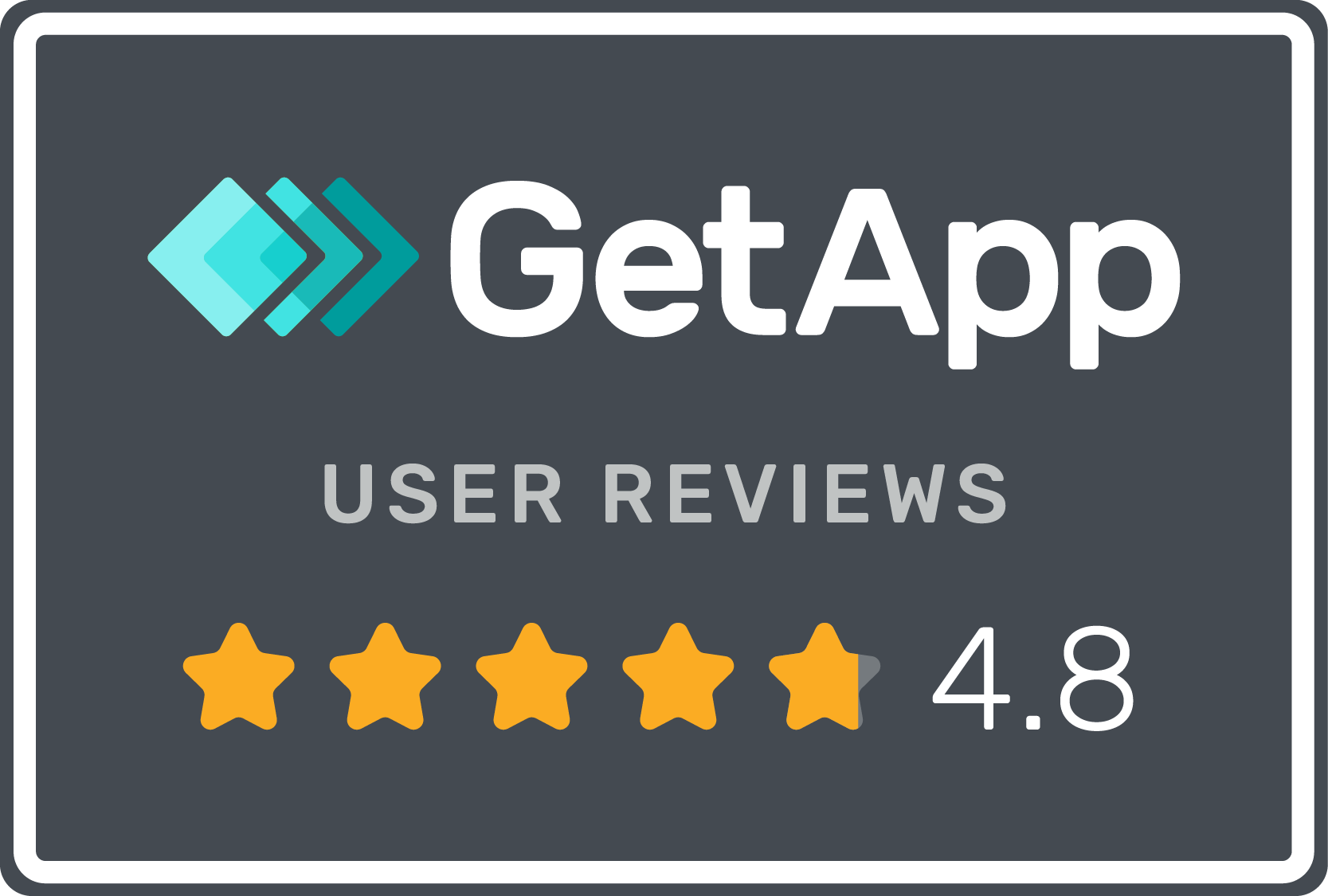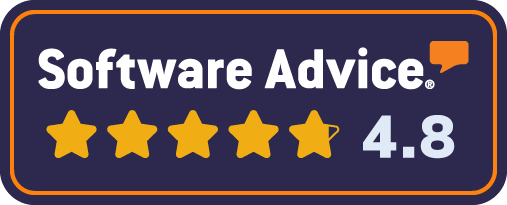Digital Asset Management for
Destination Marketing
A comparison of 3 leading contenders Crowdriff, Simpleview and Brandkit (plus Dropbox for reference)
by David Vaassen 16 June 2021.
Summary
This is a comparison of capabilities of the three leading DAM software services for DMO’s (Destination Marketing Organisations).
There are three main competitors in the DAM designed for Destination Marketing space. These are Simpleview, Crowdriff and Brandkit.
Two of them (Simpleview and Crowdriff) incorporate a lightweight DAM and focus mainly on delivering images and video to B2C websites.
Crowdriff ranks highest for UGC capabilities, while Simpleview is pretty good across the board but not a stand out in any particular area in this comparison.
Dropbox, whose capabilities are well known, is used by many organisations before investing in a DAM, is shown in this comparison for reference purposes.
Brandkit is the only full DAM here, and also the only one originally designed specifically as a B2B solution for DMOs to support the tourism trade, stakeholders & partners, and the media, rather than consumers. Brandkit consequently rates highest for DAM features, Metadata management, Collection Management, Brand Management, Media Centre capabilities, Distribution options, Stakeholder Generated Content, Multilingual, Price, and top equal on Access, Storage, Search, Brand Portal and Reporting, and so wins this comparison.
Our Comparison Results
|
Criteria
|
Dropbox
|
Crowdriff
|
Simpleview
|
Brandkit
|
| Managed Access |
1 |
2 |
2 |
2 |
| Scaleable Storage |
3 |
2 |
3 |
3 |
| Search Engine |
1 |
4 |
4 |
4 |
| Rights Management |
0 |
2 |
2 |
3 |
| Brand Management |
1 |
0 |
1 |
2 |
| Collection management |
1 |
3 |
2 |
3 |
| Metadata Management |
0 |
2 |
1 |
2 |
| Brand Portal (Media Hub) |
0 |
1 |
2 |
2 |
| Media Centre |
0 |
0 |
1 |
2 |
| Distribution Options |
2 |
2 |
2 |
4 |
| Multilingual |
0 |
0 |
0 |
2 |
| Stakeholder Generated Content |
1 |
1 |
1 |
3 |
| User Generated Content |
1 |
3 |
1 |
1 |
| Reporting |
0 |
2 |
2 |
2 |
| Price |
4 |
2 |
1 |
3 |
| Total Score |
15 |
26 |
25 |
38 |
CRITERIA for this comparison
This is how we came up with the scores for each criteria.
We awarded 1 point for each factor that was met, based on public knowledge and our understanding of each product at the time this comparison was written.
The exception is pricing where we instead rank the 4 vendors from 1 to 4 based on price.
ADMIN RIGHTS AND EASE OF ACCESS
Working in a multiple stakeholder environment and giving appropriate access to your content for each individual can be challenging. It’s extremely important that the platform chosen has admin and user group rights to give easy accessibility to those who need to access the content.
Factors considered:
1. Can permission settings manage who can and can’t see content within the organisation?
2. Can the system manage a large number of users, user groups, and organisations?
SCALABLE STORAGE
Above all else a DAM should be able to handle most if not all your files from storage capacity to supported filetypes.
Factors considered:
1. Elastic storage capacity - Is the content management system able to scale up as the asset library expands?
2. Is the base level of storage reasonable?
3. Are all filetypes supported?
SEARCH ENGINE
Searching/Find content assets is a key requirement easily and quickly is a key requirement for the Marketing team but also for staff and external users and stakeholders.
Factors considered:
1. Is it easy to access the assets in a large library of images, videos and other assets?
2. Does the system guide users to appropriate content for their needs.
3. Can users easily sort and filter search results for relevance.
4. Is it easy to tag and identify assets to make them more searchable?
RIGHTS MANAGEMENT
Factors considered:
1. Is there the ability to identify the right use for each asset and for what length of time?
2. Is there the ability to attribute rights to assets (e.g., a photographer name)?
3. Does the system notify users when rights change?
BRAND MANAGEMENT
Factors considered:
1. Does the system have the ability to manage Brand Identity Assets filetypes and design files ?
2. Does the system support automatic communication of Brand Guidelines?
COLLECTION MANAGEMENT
Factors considered:
1. Does the system support the creation of dynamic collections of Assets?
2. Dos the system support the creation of explicit collections of Assets?
3. Does the system support the creation of customised pathways to collection discovery?
METADATA MANAGEMENT
Factors considered:
1. Does the system have the ability to add and manage sophisticated metadata and manage consistently across all assets?
2. Does the system include AI/Machine Learning base image recognition and auto tagging?
BRAND PORTAL/MEDIA HUB
Factors considered:
1. Does the system provide a Brand Portal that supports B2B users who want to download high res images, video and other story telling content?
2. Is the Brand Portal fully brandable and customisable, does it allow creating custom pages?
MEDIA CENTER
Factors considered:
1. The system supports text based content Assets such as Press Releases and Story Ideas?
2. The system supports searching of text based content, articles, etc?
DISTRIBUTION OPTIONS
The provision of multiple distribution options is another vital consideration when selecting a DAM.
Factors considered:
1. Does the system it support self service access?
2. Does the system support access request workflows as an alternative to self-service access?
3. Does the system support sending/transferring large files without requiring the recipeient to register?
4. Does the system support RSS?
5. Does the system support posting to social media from within the system?
MULTI-LINGUAL
Factors considered:
1. Is there the ability to support multiple languages in the Brand Portal
2. Is there the ability to support multiple languages in Admin?
3. Are user able to select their preferred language?
STAKEHOLDER GENERATED CONTENT (SGC)
Factors considered:
1. Is there the ability to communicate with stakeholders and partners through the software and aggregation of SGC assets within the platform?
2. Is there the ability to easily embed galleries of user-generated content into the website from the asset management system?
3. Is there the ability for users to upload high res SGC content in an upload page?
USER GENERATED CONTENT (UGC)
Factors considered:
1. Is there the ability to communicate with social media users through the software and aggregation of UGC assets within the platform?
2. Is there the ability to easily embed galleries of user-generated content into the website from the software?
Is there the ability for users to upload high res UGC content in a upload page?
REPORTING
Factors considered:
1.Does the system track usage of Assets by Users?
2. Does the system measure engagement with content assets?
PRICE
Price or return on investment is hard to determine. So we consider the subscription costs here and we'll let the reader decide who offers the best value.
We ranked the 4 providers from 1 being the cheapest to 4 the most expensive.
Factors considered:
1. What are subscription costs relative to the other listed providers out of 4?
Strengths and Weaknesses of Each
Simpleview
https://www.simpleviewinc.com/digital-asset-management/features/
(referring to the DAM ex Barberstock component of their offering only)
Key strengths:
Simpleview was originally a system to manage membership in Tourism promotion organisations for the purpose regional destination marketing. Today it sells a solution specifically for destination marketing organisations with wide ranging capabilities (including CRM, CMS and DAM). The system supports hundreds of DMOs around the world and therefore keeps its functionality relevant to the industry.
- Focuses primarily on creating a B2C experience for DMOs
- The Simpleview digital asset management (DAM) system was formerly known as Barberstock. The system is ideal for internal file organisation, external media distribution, collaboration, and archiving your assets.
- Simpleview provides a a CRM, CMS and DAM that all talk to each other so that they can provide a vertically integrated solution for DMOs.
Key weaknesses:
- The DAM system does not automatically sort or manage user-generated content. This would have to be a manual process updated by your team.
- Simpleview's vertical Integration approach may be a disadvantage for customers who want to work with best of breed vendors in DAM, CMS and CRM.
Crowdriff
https:/crowdriff.com
Key strengths:
- CrowdRiff was built with the primary purpose of assisting DMOs with acquiring free UGC images.
- They focus on Earned/Social Media(UGC) and embedding galleries of social media posts on B2C websites straight from its platform.
- CrowdRiff allows for asset storage, asset tags, user assignment, rights identification, and easy sourcing of UGC permissions.
- It’s easy to search for images tagged within the system and pull them up immediately.
- CrowdRiff offers good support and further learning opportunities on its website. It frequently hosts webinars on industry topics, provides free eBooks, has a relevant, up-to-date blog, and provides 24/7 support live on its website.
- You can easily share folders with members of the DMO or with partner agencies that need assets to be able to execute ad campaigns.
Key weaknesses:
- Focussed on B2C experiences, has limited capabilities in B2B, supporting the Travel Trade, Partners or the Media.
- Limited to Images and Video content only, while most modern DAM's handle a much larger variety of filetypes as first class citizens.
- Limited Media Hub/Brand Portal branding and customisation capabilities.
- Expensive.
Brandkit
https://www.brandkitapp.com
Key strengths:
- Brandkit was built for and with a world class National Tourism Organisation as its foundation customer, and serves hundreds of DMOs, Place Branding and Economic Development Agency brands around the world.
- Brandkit focuses on "owned" media and B2B experiences serving the travel trade, partners and media networks that DMOs work with to share their Destination or Place story.
- Brandkit has superior capabilities around Brand Portal/Media Hub branding and customisation, to build fully customisable on-brand experiences for end users.
- Brandkit reduces admin time by providing self-service (or optionally on-request) workflows to the full suite of a customers brand content to trusted users, managed by setting access rules by user role.
- Brandkit incorporates a powerful AI driven DAM, that powers fast visual search, auto tagging, and supports a wide variety of file types including images, video, design files, logos, brand guidelines, pdf, documents, presentations, audio, office documents, and more.
- Brandkit provides more Rights Management options than other systems with configurable Terms of Use, Asset Licences, Usage, Expiry and Release dates, Attribution and more.
- Brandkit provides Shoppable Links on Assets to aid conversion from visuals.
- Brandkit support is top notch with 24x7 support, inline knowledge base, pre-recorded and real-time video walk throughs, face to face training, concierge services, on-call designers and more.
- Brandkit offers reasonable usage based pricing compared to other providers, on a monthly or annual basis.
Key weaknesses
- Brandkit takes a different approach to UGC acquisition that requires a bit more manual work from Marketing teams (when compared to Crowdriff).
- Brandkit is focussed on B2B user rather than B2C users and while it offers embeddable images for B2C focussed websites, the embeddable options are not yet as well developed as that of Crowdriff or Simpleview.


